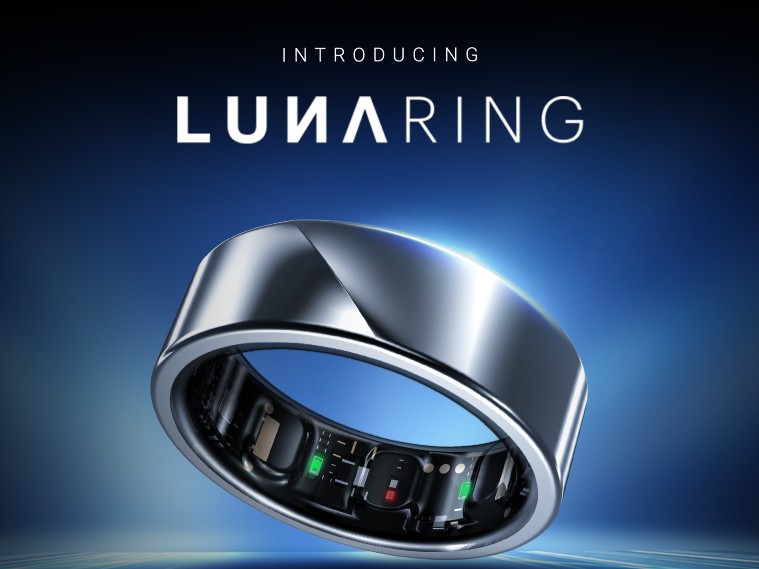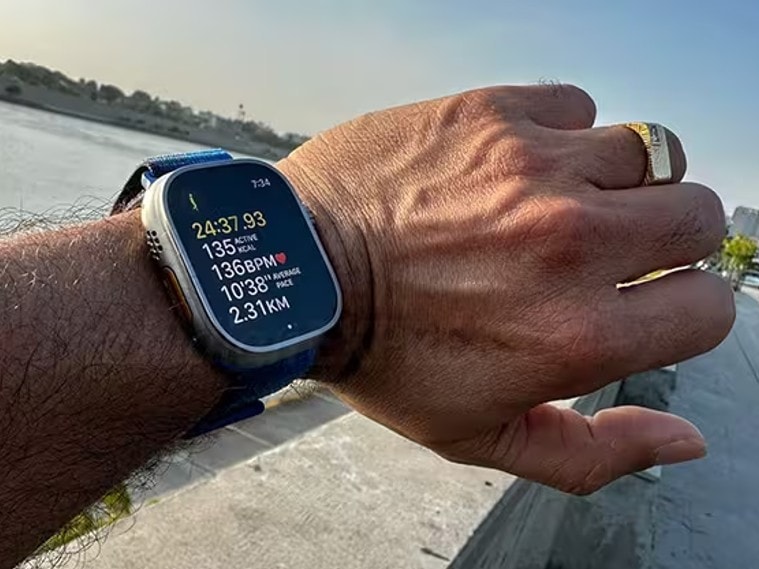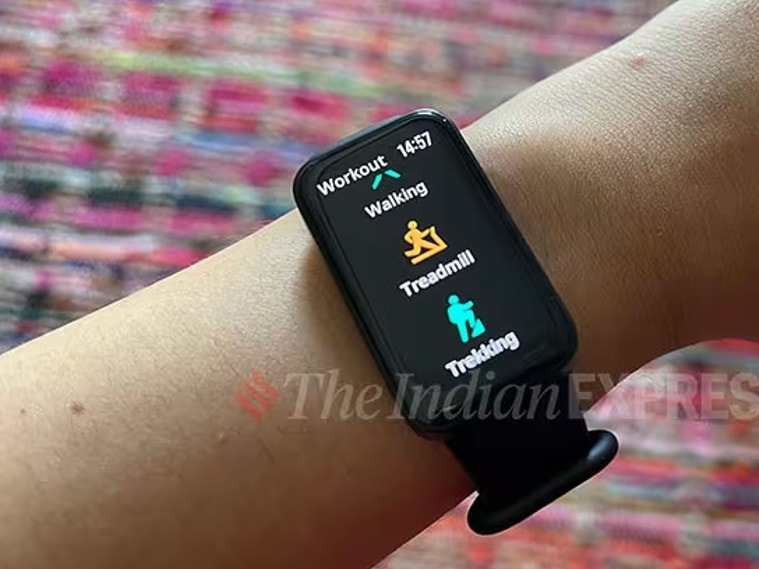Smartwatch, band or ring: How to pick the right fitness tracker
Confused on which fitness tracker to consider? Here is a in-depth to help you choose the right one.
Fitness trackers have come a long way, they are not merely tools to monitor your workout sessions. A smartwatch not only offers all the metrics related to one’s health, but also encourages one to pursue a healthy life. Be it for amateur fitness enthusiasts or for professionals, there are plenty of options depending on one’s budget or specific use case.
If you are planning to start your fitness journey or aiming to take it to the next level, here is an easy guide to help you choose the right fitness tracker in 2023.
Types of fitness trackers
Fitness trackers today can be categorised into three segments: smart band, smartwatch, and smart ring. The emphasis on the ‘smart’ here allows users to pair these devices to smartphones for easy data visualisation.
A smart band can be considered a miniature smartwatch; however, depending on the price range, a smart band could offer substantially more features than a smartwatch.
Similarly, a smart ring is like an even tiny smart band with no display. However, it will still have all the features that one expects from an active fitness tracker. Note that there are also smart bands and smartwatches with no display.
 Noise recently announced its first smart ring Luna (Image credit: Noise)
Noise recently announced its first smart ring Luna (Image credit: Noise)
When it comes to smartwatches, the high-end models offer features like an OLED screen, accurate fitness tracking, various biosensors, and premium designs. An Apple Watch Ultra clone may look exactly like Apple’s best smartwatch but it won’t even offer 10 per cent of its original features. We also recommend you get a smartwatch from a reliable brand to ensure all your personal data is safe and secure.
High-end fitness trackers also offer more accurate data and more insights from your workouts to help you improve. A fitness tracker must-have features like GPS navigation, sleep monitoring, and should also support all major types of workouts like running, jogging, skipping, cycling, weight lifting, and treadmill.
If you are a swimmer, make sure to consider a fitness tracker with ingress protection for certified water resistance. All three forms of fitness trackers come at various price points, offering plenty of options to choose from. This enables users to get on board with an affordable fitness tracker at first and then get upgraded to a better model down the line.
How to choose the right fitness tracker?
While it’s hard to recommend one type of fitness tracker over another just based on the specifications, here are a few parameters to consider while buying a fitness tracker that will help you make a better decision.
 Apple Watch Ultra is one of the most premium smartwatches and a fitness tracker (Image credit: Nandagopal Rajan/The Indian Express)
Apple Watch Ultra is one of the most premium smartwatches and a fitness tracker (Image credit: Nandagopal Rajan/The Indian Express)
Best smartwatch-style fitness trackers across the price range
If you want a fitness tracker that’s an extension of your smartphone, then consider high-end smartwatches from Samsung and Apple. The Galaxy Watch 5 Pro, priced at around Rs 43,000, is currently one of the best mainstream WearOS-powered smartwatches in the world.
Similarly, iPhone users can opt for the Watch Ultra, the most capable smartwatch that Apple has ever made, priced at Rs 89,900. Users who are on a budget can consider previous-generation options like the Galaxy Watch 4 for around Rs 20,000 or the Apple Watch Series 7 for around Rs 40,000. Check out our reviews of these smartwatches to understand more about their functionality and capabilities.
If you are serious about fitness, then consider products from brands like Garmin that make fitness trackers mostly used by athletes and famous sports personalities. Garmin also makes a wide range of smartwatches, and the company recently launched the Garmin Instinct 2X Tactical for Rs 56,000, and this smartwatch is meant for outdoor enthusiasts.
The Garmin Forerunner 265, a smartwatch for serious runners who plan on taking up marathons and triathlons, is priced at Rs 50,000. Similarly, you can also consider smartwatches from brands like Fitbit, currently owned by Google, known for making excellent fitness trackers in the form of smartwatches and bands.
Amazfit is another brand that has pioneered the fitness tracker business. Unlike the previously mentioned brands, Amazfit offers smartwatches that are affordable and feature-rich. Smartwatches like the T-Rex 2, priced at Rs 16,000, and the GTR 4, priced at Rs 17,000, are a lot cheaper than the offerings from premium brands, despite having the same features and specifications.
 Redmi Smart Band Pro is one of the best budget fitness trackers in the market (Image credit: Shruti Dhapola/The Indian Express)
Redmi Smart Band Pro is one of the best budget fitness trackers in the market (Image credit: Shruti Dhapola/The Indian Express)
Best smart band-style fitness trackers across the price range
When compared to smartwatches, smart bands will be thinner, lighter, and will have a smaller display, enabling them to deliver much better battery life in most cases. While they do offer the majority of fitness-related features like workout tracking using GPS, heart rate measurement, and some options even offer a SpO2 sensor, due to their smaller display, they will not be as practical as a smartwatch, especially when used independently.
Coming to the smart bands, while most of these are inexpensive, there are also some premium products like the Charge 5 and the Luxe. Similarly, there are plenty of affordable yet good smart bands like the Redmi Smart Band Pro for just around Rs 2,000 and the Amazfit Band 7 priced at Rs 3,500.
Best smart ring-style fitness trackers across the price range
When compared to smartwatches and smart bands, smart rings are still a niche market with limited options. Amongst the three, smart rings will be more discrete. However, given the design complexity, smart rings do cost as much as a premium smartwatch. Smart rings are meant for those who want an invisible fitness tracker that just blends into the lifestyle.
The Ultrahuman ring, priced at around Rs 21,000, is currently one of the most popular smart rings in the country. Similarly, there is also a company called Pi that has smart rings for just around Rs 5,999. With brands like boAt and Noise getting on board with the smart ring business, there will soon be more options in the market.







